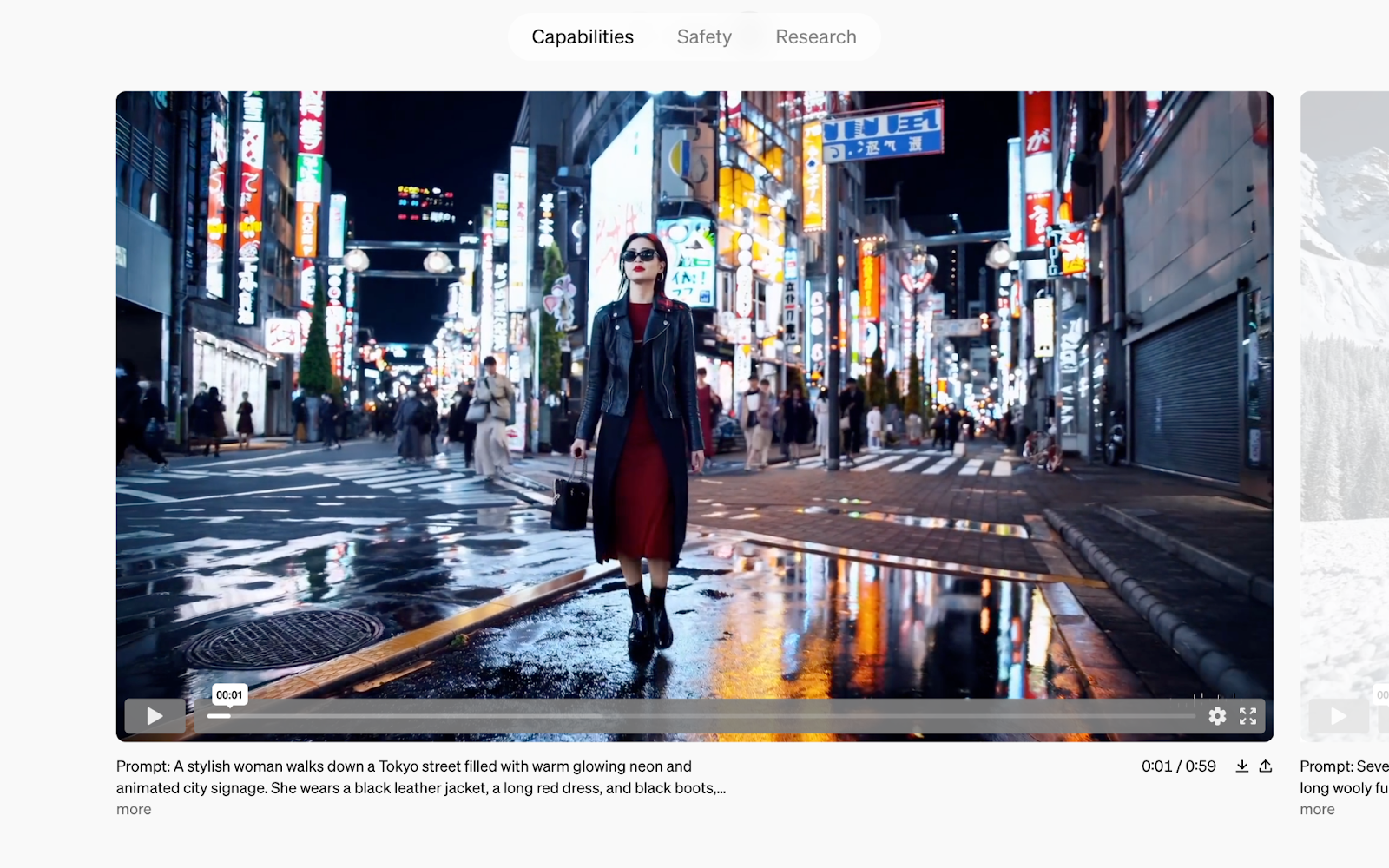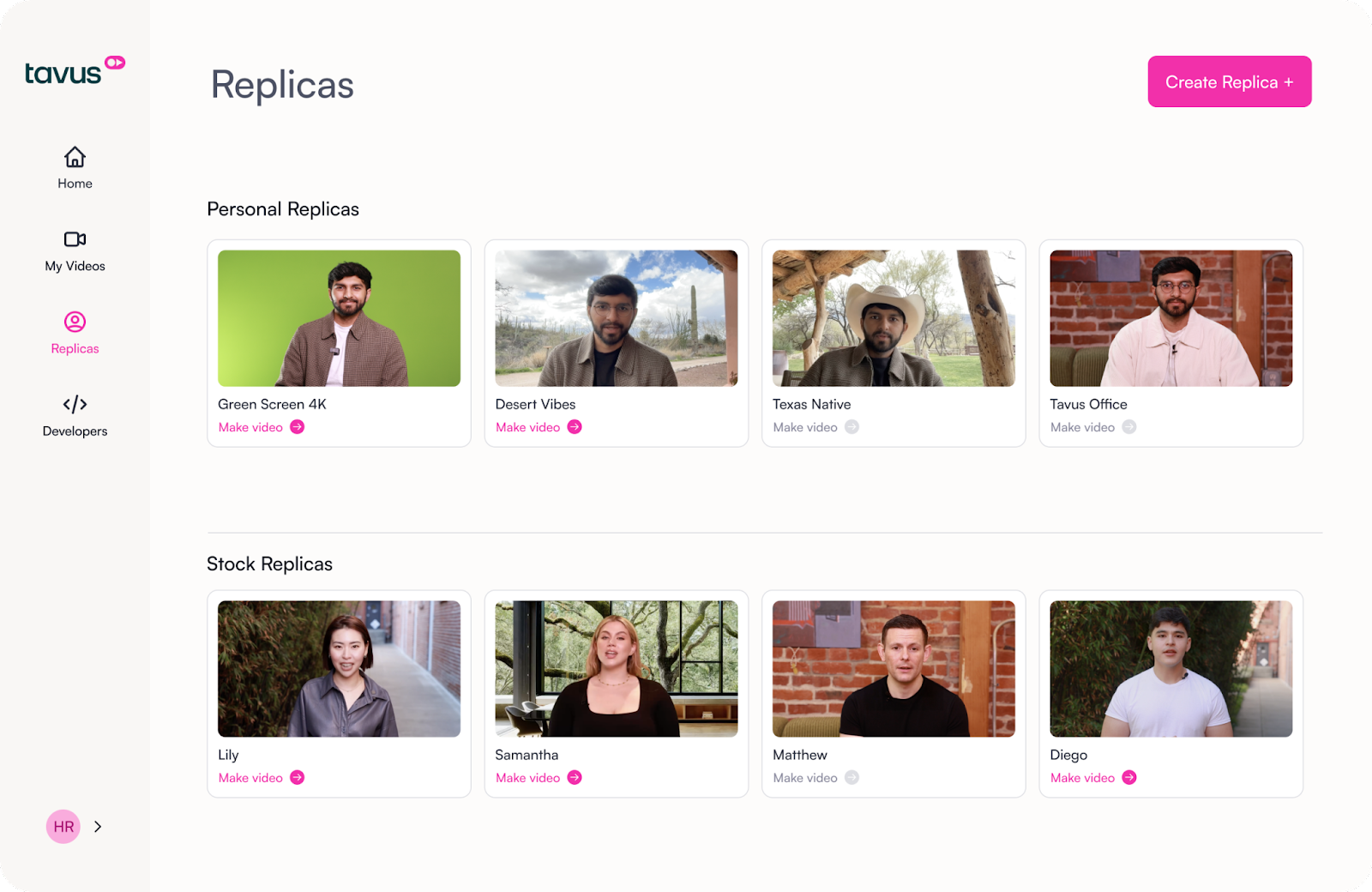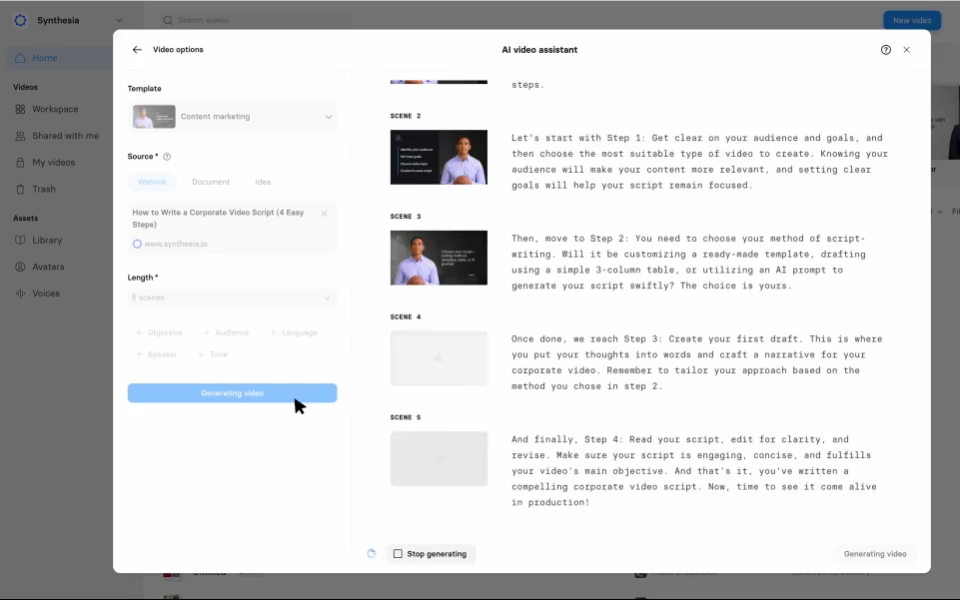All Posts
Sora API Review & Alternatives for Text-to-Video Generation [2025]


The AI landscape is buzzing with innovation, and OpenAI has quickly become a focal point of interest for many, thanks to the announcement of their Sora API and its text-to-video generation capabilities. However, it may not be applicable for everyone, given its current accessibility limitations, the potential for ethical and creative concerns, and the limitations of text prompts.
These considerations are prompting users and developers to the best AI alternatives that offer broader accessibility, ethical safeguards, and creative flexibility for their business needs.
In this context, looking for solutions that empower users with more direct control over content creation can be overwhelming. But don’t worry because we’ve compiled a list of the best Sora API alternatives for text-to-video generation so your platform is well-equipped for your users’ creative needs!
Sora is an AI model developed by OpenAI, capable of creating realistic scenes from textual instructions. It aims to simulate the physical world in motion for applications requiring real-world interaction, generating videos up to a minute long with visual quality and adherence to user prompts.
Sora's deployment is currently focused on assessing potential harms and risks, with access also provided to visual artists, designers, and filmmakers for feedback on creative applications.
Despite its innovative capabilities, Sora has some limitations, such as accurately simulating complex physical interactions and spatial details.
Sora works by converting textual descriptions into videos through a diffusion model that begins with noise-like visuals, refining them into coherent scenes. It utilizes transformer architecture, representing images and videos as patches for diverse data training.
This enables Sora to follow text instructions, producing realistic videos that adhere to specified details. The model's training benefits from techniques like unified representation and patch-based visuals, ensuring video generation aligned with user prompts.
The Sora API by OpenAI is a tool designed to create realistic videos from textual descriptions.
However OpenAI's Sora and Sora APIs are not publicly available yet, so specific details of its workings are still unknown. There is currently no release date available for the Sora API.
Let’s take a look at whether Sora API could meet your business needs when it’s launched.

While detailed technical workings are not publicly disclosed due to its limited access, the Sora API operates fundamentally through a process similar to other OpenAI models.
Here's a simplified, hypothetical workflow based on what's known:
Given the Sora API has not been officially released, the listed features are speculative, based on our current understanding and expectations of its capabilities.

Sora's potential use cases include creating realistic videos for entertainment, educational content with visual explanations, and simulations for training and development in various industries.
It can also be used in advertising for personalized video campaigns and in creative arts for generating unique visual narratives.
With a wide range of styles and capabilities available, the best Sora API alternative will vary depending on your business needs, goals, brand style, and intended use.
Here are some of the best Sora API alternatives for text-to-video generation. A huge pro for all of these? You can access them right now!

Tavus is the top Sora API alternative for developers. With the Conversational Video Interface (CVI), you can embed real-time, face-to-face AI humans and generate photorealistic talking‑head videos from a script. Unlike tools that center on static or 3D avatars, Tavus focuses on humanlike presence—natural head movements, micro‑expressions, and pixel‑perfect lip sync.
This lets teams engage audiences on a personal level by creating thousands of unique videos that look and sound like a real person. Tavus makes it easy to produce spokesperson videos, talking‑head content, and face‑to‑face experiences with lifelike AI humans.
What makes Tavus truly special is its lifelike AI Human interface, bringing unmatched warmth and realism to every conversation.
Users can produce thousands of distinct videos from a single template, revolutionizing their marketing, customer support, and sales strategies.
Phoenix‑3 powers studio‑grade, full‑face animation and identity preservation, so you can turn a script into high‑fidelity video in minutes—no traditional recording required.

Features:
2. DeepBrain AI

DeepBrain AI's platform focuses on turning text into videos using AI avatars and text-to-speech technology. It supports converting text-based content into videos and offers tools for editing and production within a browser. The platform includes multi-language support for its text-to-speech feature.

Features:

The Synthesia API provides a platform for video creation, starting from template design in Synthesia STUDIO to adding variables like text and images/video for personalization. This application is similar to D-ID in the way there are avatars that can be used in the platform.
It's important to note that Synthesia's API is in BETA, lacking active development and support, which may affect reliability and user experience.

Features:

Character.AI is a free AI tool that allows interactions with both fictional and real-life characters, allowing conversations with multiple bots simultaneously for different perspectives. It has the capacity to chat with user-created characters, historical figures, or celebrities.

Features:
Here are a few commonly asked questions about Sora API:
As of the latest updates, OpenAI's Sora is not available for widespread public use. Access is currently limited to select developers and creative professionals for testing and feedback to ensure safety and effectiveness.
Creating a video with an API typically involves sending a detailed text prompt to the API, which then processes the prompt using AI models to generate a corresponding video.
The exact process can vary depending on the API's design and capabilities. For specifics on creating videos with Sora once it's available, refer to OpenAI's documentation.
Choosing the best text-to-video API can bridge the gap between your audience feeling a deep connection with your brand or not. For developers aiming to elevate their user experience and application engagement, Tavus stands out with real-time, face-to-face AI humans and high‑fidelity talking‑head generation—an AI video generation tool that feels human.
Thanks to its developer-friendly setup, CVI API, and streamlined video workflows, Tavus simplifies the creation of personalized video at scale. It keeps the human touch alive in every digital interaction, transforming how users connect with their audience.
Tavus also offers minimal‑code integration into your existing platform, so developers can let users dynamically generate custom videos and power real‑time, humanlike conversations across applications.
Request your demo today.